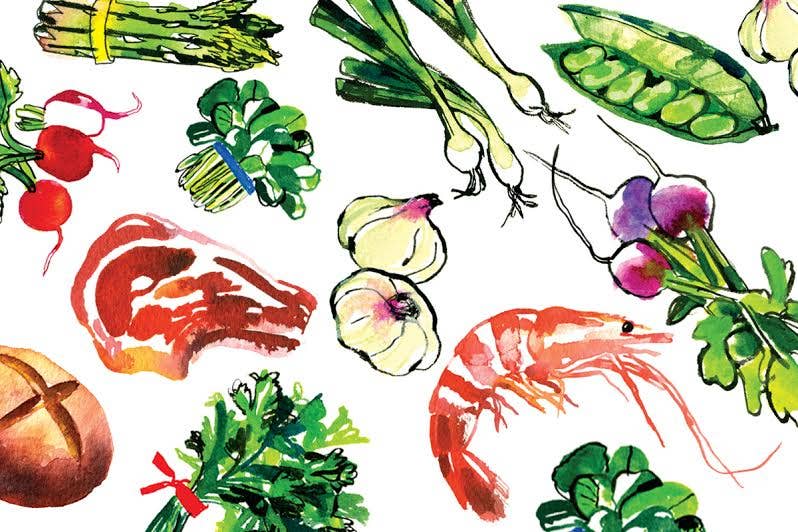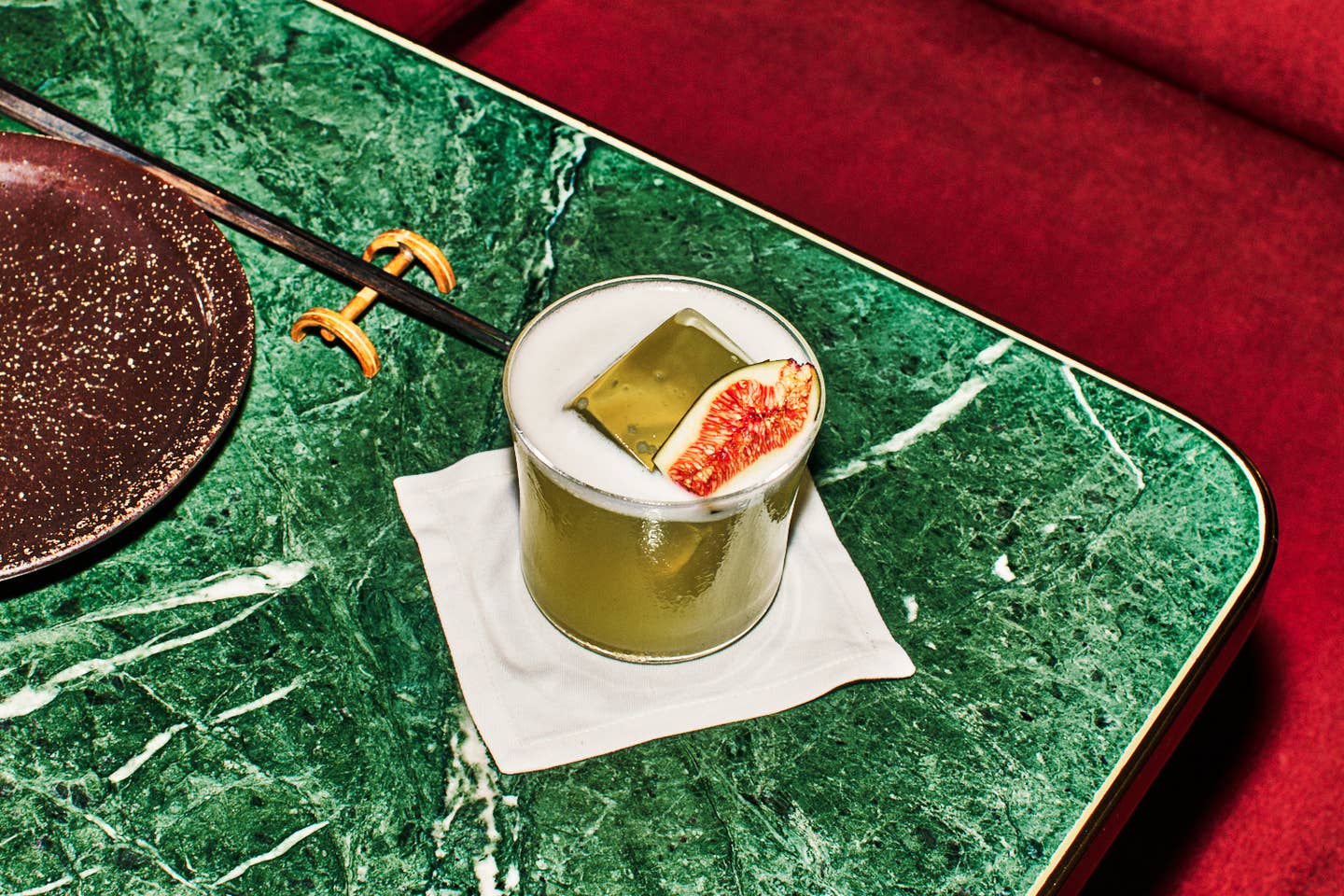
Maxwell Street Blues: The Way It Is
For more than 120 years, the original Maxwell Street Market sprawled out from the intersection of Maxwell and Halsted, covering several blocks with an eclectic mix of vendors, con men, preachers, and exuberantly talented musicians. In 1994 it was moved, mostly to make way for expansion by the University of Illinois at Chicago. Defenders of the old market don't like to acknowledge the vitality of the New Maxwell Street Market (as it is called, even though it is no longer on Maxwell Street), which opened a week after the old one disappeared. What kind of history could it have, they ask, compared with the volumes that could be written about every square foot of the original? The new market doesn't have the likes of Muddy Waters, Howlin' Wolf, and Little Walter playing the blues on its corners. It hasn't seen the realization of generations of immigrant hope, from Greek to eastern European Jewish to Mexican. It doesn't have that famous CHEAT YOU FAIR sign still visible on the southeast corner of Maxwell and Halsted, the only remnant of a store that sold 1960s counterculture essentials like black lights and cigarette papers.
Nor does the new market hold as many of my own memories. When I moved to Chicago nearly twenty years ago, Maxwell Street still had some of the rough, gritty charm that Mike Shea captured in his 1965 documentary And This Is Free. The preachers were mostly gone by then, the blues music was sporadic, and junk—including hot junk—was the main focus. Once, after my stereo had been stolen, I scoured the stalls searching for it, half knowing I'd never find it (and I didn't). Going, though, somehow helped me rebound from an all-too-frequent big-city experience. It was also an excuse for Sunday morning blues, a good Polish sausage, and a fried peach pie.
Living things change, markets included. But Maxwell Street Market underwent major surgery. Its new incarnation, says Steve Balkin, an economics professor at Roosevelt University, ''is a shadow of the former market''. Then he adds with a shrug, ''But the shadow of a great market will still be quite a market.'' Balkin is vice president of the Maxwell Street Historic Preservation Coalition, a group dedicated to preserving what's left of the old market area—about eight blocks—as a historic district. ''Our society doesn't read anymore, so we have to save this district as a visual reminder of where we've come from,'' Balkin contends. ''It teaches us about working-class history and human creativity. The greatest human creative act is to make something from nothing. That's what immigrants did here on Maxwell Street.''
The only place on the old market site that still sees constant activity is Jim's Original hot dog stand, opened in 1939. Its sausages are big and juicy, with great garlicky flavor, and are smothered with sweet, caramelly onions. Jim's is the real thing, a true Polish sausage—and a flavorful reminder of a once-vibrant cultural scene.
Keep Reading
Continue to Next Story










